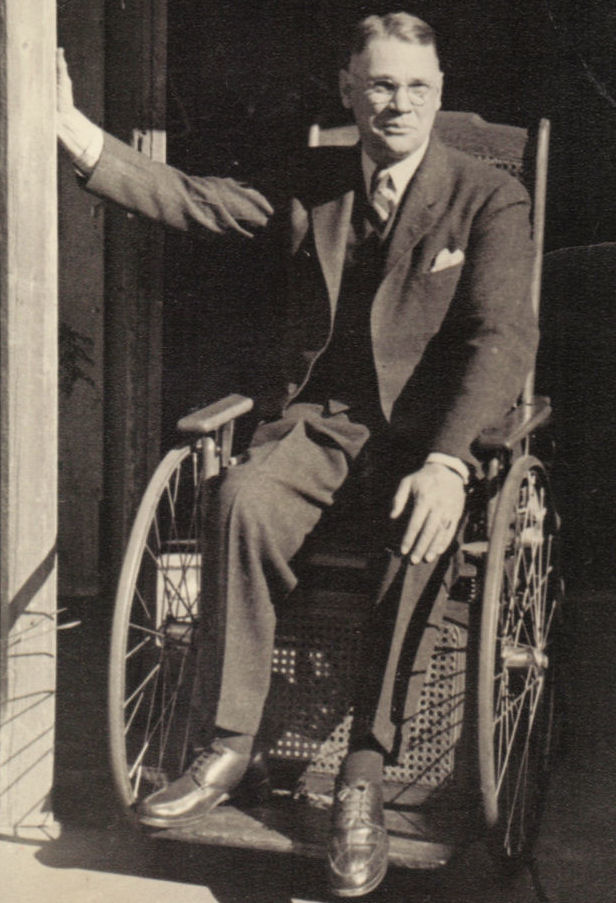Robert Strong Woodward Biography


Robert Strong Woodward at entrance to Southwick Studio
Robert Strong Woodward was born in Northampton, Massachusetts, on May 11, 1885. His father's work as a real estate developer required the family to relocate often, and he moved from school to school around the country, from Springfield, Ohio, to Schenectady, New York, and beyond. He attended high school at Union Classical Institute, Schenectady, New York, followed by studies at Wittenberg College in Springfield, Ohio, before attending Bradley Polytechnic Institute in Peoria, Illinois. Artistic studies at the School of the Museum of Fine Arts, Boston, were with Philip Leslie Hale.
But the Woodwards returned each summer to his grandparents' farm in Buckland.
He entered Bradley Polytechnic Institute in Peoria, Illinois, in the fall of 1902, as a high school junior. Though some accounts state that he was preparing for a career in civil engineering, his courses were all in the liberal arts. Three years later, after finishing high school and a year of college-level study, Woodward joined his parents in California, where he planned to attend Leland Stanford University.
But on September 3, 1906, at the age of 21, he suffered an accidental gunshot injury, which left him permanently paralyzed from the waist down. He returned to New England in 1910, determined to make his living as an artist, and after several months at the Boston Museum of Fine Arts School, Woodward settled in Buckland, where he had put down roots during his boyhood summers.
Woodward remodeled a small out-building on the farm of his uncle and aunt, Bert and 'Tella (Atella Woodward) Wells, and named it Redgate Studio. Here he made his living drawing illuminations and bookplates, until around 1915, when he began to follow his long-held ambition of becoming a landscape painter. This studio burned to the ground from an overheated wood stove in 1922, the week before Christmas.
Woodward purchased the so-called "Hiram Woodward place" in 1923 (a distant cousin), three-quarters of a mile southwest of Redgate, and restored it to use as his second home and studio. In 1931 he bought a small building adjoining the property, beside Clark Brook, known as Boehmer's Mill. Woodward called his third studio "The Little Shop." Several years later, on July 3rd, 1934, the house at the Hiram Woodward place was struck by lightning and burned, along with his studio; only a barn survived. Neighbors, however, were able to rescue some of his completed oil paintings.
In 1934 Woodward bought the Southwick place on Upper Street in Buckland Center. Major renovations were performed to adapt the home for his needs, including adding a first floor bedroom. A picturesque old blacksmith shop on the property was raised to the same level as the house, and became his studio with all its rustic charm. The house and the studio were connected with a ramp to accomodate his wheelchair.
He purchased a blueberry field high on the "Burnt Hill" mountaintop in Heath, Massachusetts, in 1937. Here he built his fourth studio, and in numerous canvasas he made famous the weatherbeaten beech tree in the pasture. This studio burned in October 1950, from a fire of unknown origin.
In these last two studios, Woodward created the majority of his professional creative works, including the much sought-after "window pictures". The last studio in Buckland is lovingly maintained in nearly the same condition as Woodward left it when he died of stomach cancer on June 26, 1957.
During his lifetime, Woodward acquired a national reputation and received numerous additional accolades. In person he is remembered as a vivid personality, possessed of enormous charm and a lively intelligence. Always a gracious host, he enjoyed the company of a large circle of friends.
JGN
January 2007

